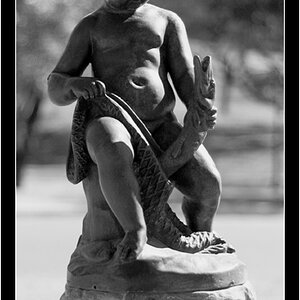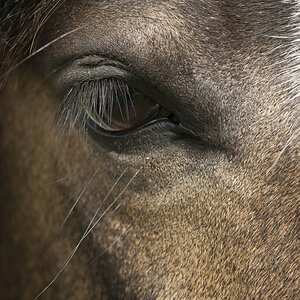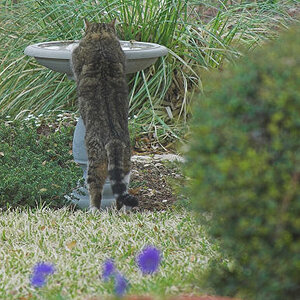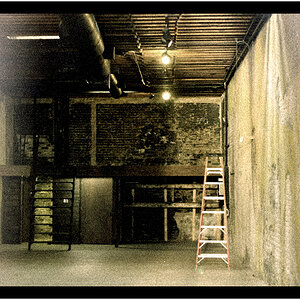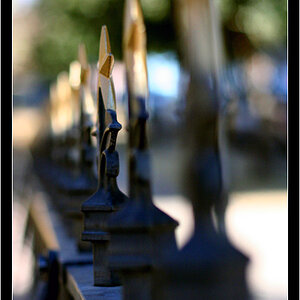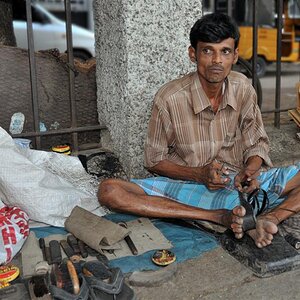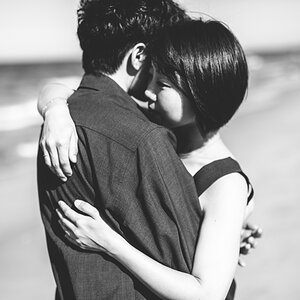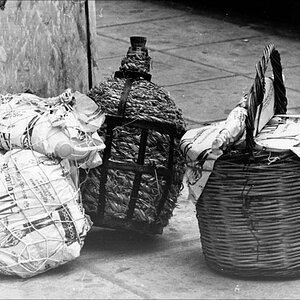mommy22
TPF Noob!
- Joined
- Dec 13, 2009
- Messages
- 191
- Reaction score
- 0
- Location
- Oregon
- Can others edit my Photos
- Photos OK to edit
I checked out the bokeh thread and realized I really don't know how to do that on purpose...I have a good camera but have only cracked the tip of the iceberg when it comes to stuff like that...


